I am currently struggling to understand how the power spectrum is stored in the kaldi framework.
I seem to have successfully created some data files using
$cmd JOB=1:$nj $logdir/spect_${name}.JOB.log \
compute-spectrogram-feats --verbose=2 \
scp,p:$logdir/wav_spect_${name}.JOB.scp ark:- \| \
copy-feats --compress=$compress $write_num_frames_opt ark:- \
ark,scp:$specto_dir/raw_spectogram_$name.JOB.ark,$specto_dir/raw_spectogram_$name.JOB.scp
Which gives me a large file with data point for different audio files, like this.
The problem is that I am not sure on how I should interpret this data set, I know that prior to this an fft is performed, which I guess is a good thing.
The output example given above is from a file which is 1 second long.
all the standard has been used for computing the spectogram, so the sample frequency should be 16 kHz, framelength = 25 ms and overlap = 10 ms.
The number of data points in the first set is 25186.
Given these informations, can I interpret the output in some way?
Usually when one performs fft, the frequency bin size can be extracted by F_s/N=bin_size where F_s is the sample frequency and N is the FFT length. So is this the same case? 16000/25186 = 0.6... Hz/bin?
Or am I interpreting it incorrectly?
